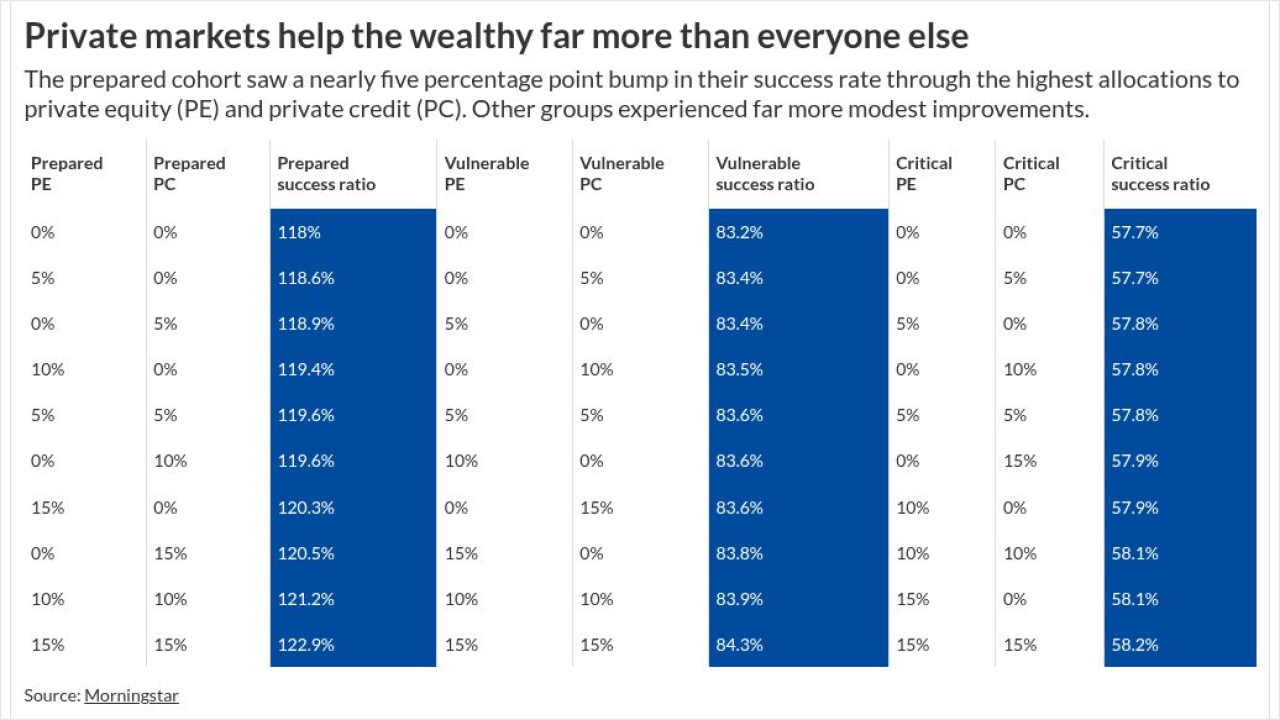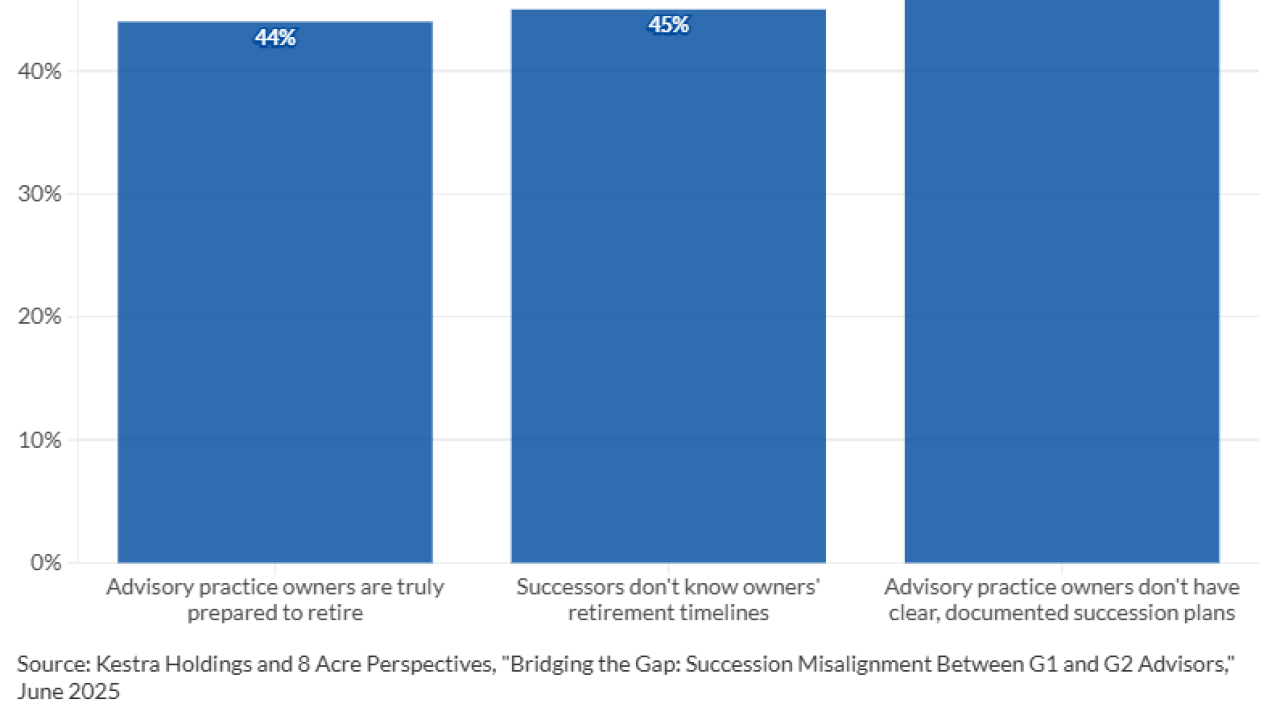PALM DESERT, Calif. -- The money market mutual fund industry has nothing to hide about the value of its assets, a managing director of Charles Schwab Investment Management said here Monday.
But floating the value of each share in a money fund from a fixed $1 price would result in a lot of imposed inconvenience, said Rick Holland, the managing director of the Schwab money market fund unit.
The industry is trying to ward off attempts by the Securities and Exchange Commission and the Financial Stability Oversight Council to create and potentially enact rules that would require money funds to let the value float each day based on the value of assets held.
That would threaten the basic promise of such funds that the value of a share is always $1 and that, in effect, you can bank on that, as you would the value of $1 in a bank account.
The industry, led by the Goldman Sachs Group, began to publish daily values of the assets in their funds in January. These published values are market values, stated on a per-share basis. Fidelity Investments, Schwab and other firms also followed suit, publishing the shadow values, while keeping the actual value of shares that investors hold fixed at $1 each.
This hopefully helps regulators to understand "there is nothing to hide here, said Holland, "if we are indeed a shadow facility to retail and commercial banks.
Floating the value of shares in money funds creates three problems for retail and institutional investors, said Dave Fishman, ?a managing director? at Goldman Sachs & Co.
These include accounting issues for corporate users, who could no longer consider the money they hold in such funds to be the equivalent of cash; for brokers and traders, who would have to rebuild systems that are all predicated on the value of a share always being $1; and, tax issues, for all investors, who would have to report a gain or loss any time they withdrew money from such funds.
This is a lot of imposed inconvenience, Holland said, for funds that, except in times of crisis, do not change in value very much over long periods of time.
"Retail investors would have no other choice than to go to bank product,'' to have easy access to funds that dont get taxed every time a check is written, said Jane G. Heinrichs, senior associate counsel for the Investment Company Institute, which was hosting a Mutual Funds and Investment Management Conference here Monday.
Even though the industry has begun to publish the market or shadow values of assets every day, it could do more, said Craig M. Lewis, director and Chief Economist in the ?Division of Risk, Strategy, and Financial Innovation? at the Securities and Exchange Commission.
The daily values should be archived, he said, and funds should provide additional disclosure on the assets held, he said.
There may be inconveniences. But, Lewis said, requiring the value of a share to actually float each day forces the investor to realize the gains and losses in the assets held by the funds.
The value of the asset held by funds, which invest in long-term, generally low-risk products, do not vary by much. Fishman put it at less than one ten-thousandth of a cent a day.
The bigger risk is idiosyncratic company risk, said Stephen Keen, a lawyer with Reed Smith LLP.
Thats what did in the Reserve Primary Fund, which broke the buck in September 2008, leading to a run on money funds that the federal government in turn had to bail out.
The Reserve Primary Fund saw the value of its assets plunge precipitously at the time because it had invested heavily in Lehman Brothers assets. The investment bank in that month cratered.
The posting of market values every day puts fund managers on notice, Fishman said, that they have to take action more quickly than occurred in the past.
"You can't sit on your laurels and wait for the crisis to happen, Fishman said. The next crisis will be different."





